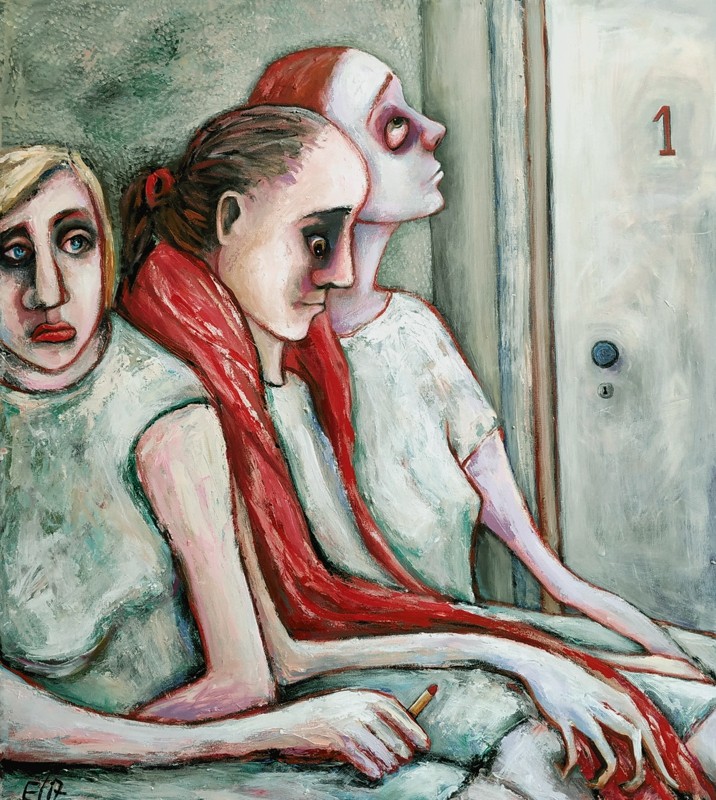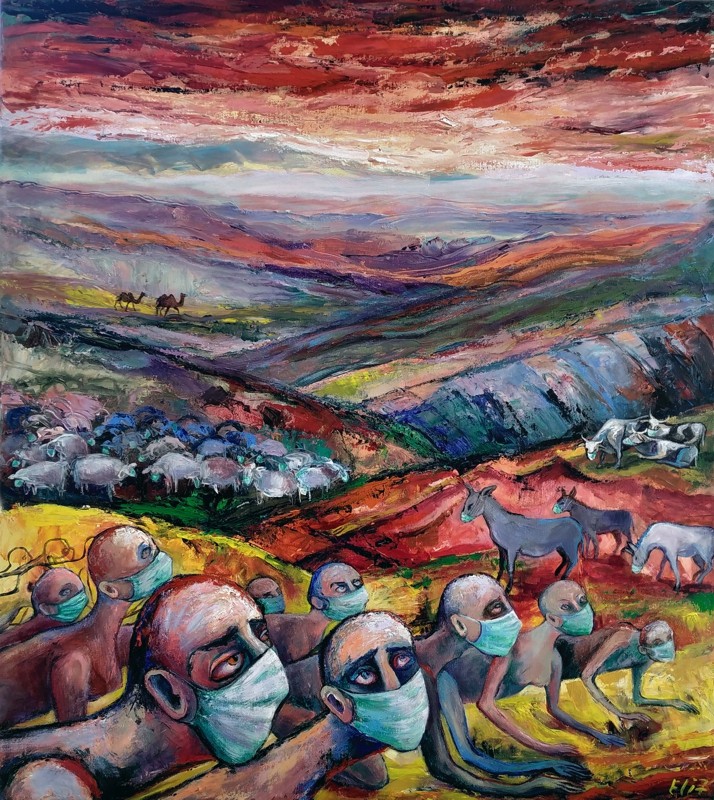Torah Study Date
Saturday, May 13, 2023
Verses Covered
Exodus (Sh’mot) 6:26-6:27
Next Session
Saturday, May 20, 2023
Starting at Exodus 6:28
Last week, Rabbi Sara showed us a chart she devised of the genealogy we have been looking at in Exodus and gave us a master class both on genealogy in the Torah and on the distinguished scholar, Rabbi David H. Aaron. We learned that, according to Rabbi Aaron, Torah was put together around the time of the destruction of the first temple, 586 B.C.E., shaped by an ideology rather than by an effort simply to record historical fact. For example, the genealogy we looked at goes from the beginning with Jacob to the heirs of Aaron (not those of Moses). The goal is to give Aaron legitimacy as a priest, Rabbi Sara said, specifically, to show him as the legitimate heir of the conversation with God. Moses is the last person to speak directly to God so it is necessary to give Aaron legitimacy in some other way than speaking. Aaron makes the transition from the people who spoke directly to God and those who could not. One part of the ideology is that the people need the priests, including Aaron, to make the connection to God since they cannot make it directly. (We contrasted the idea that we need priests to make a connection to God with the very different and much later, rabbinic, idea that when two are together studying Torah, the divine presence (Shechinah) is with them or that it is with us when we study Torah, pray or do deeds of lovingkindness—and we compared that later rabbinic idea to the idea of the priesthood of all believers in Protestantism.)
We also discussed a wide variety of related topics including the fact that there were multiple temples, not just one so there was a need for unity; that we tend to read Torah through sources not directly; that we read Torah through the rabbis even sometimes when we are not aware of it; that there is a distinction between the Mishna and the (rest of) Talmud; that Talmud is the propaganda minister for the rabbis; that the Danby Mishna is an edition at which to look.
Our artwork this week is from Plagues of Egypt by Israeli Jewish artist, Elisheva Nesis (1962- ), Death of the Firstborn (above), and Pestilence of Livestock (below). Nesis studied art in Russia (Stavropol Art School) and Israel (Bezalel Academy of Fine Arts) and lives in Jerusalem. She makes the story of the plagues contemporary by imagining women in a hospital or morgue waiting room, their eyes dark from crying, and by comparing the pestilence of livestock to Covid as indicated by the people wearing masks.


